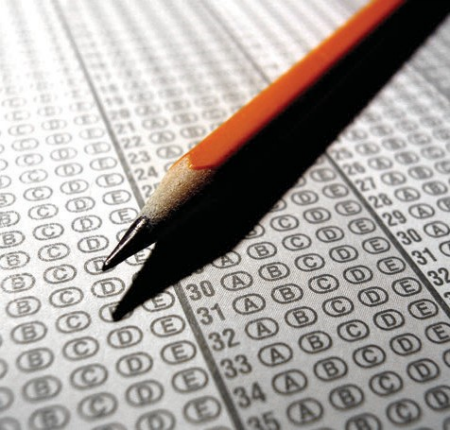Late last year the State Bar released the fourth report in a series of studies designed to examine the decline in pass rates on the California Bar Exam.
The report, “Performance Changes on the California Bar Examination,” uses detailed data on over 7,000 students who took the Bar Exam in July 2013, 2016, and 2017. Between 2013 and 2016, the pass rate on the exam fell from 56 percent to 43 percent. In 2017, the pass rate rebounded slightly, to 50 percent; it declined again in July 2018 to 40.7 percent.
This report is unique in that it utilized individual data on student characteristics to explore the causes of, or contributors to, the decline in the pass rate on the California Bar Exam. Individual data included information on students’ undergraduate grade point average (GPA), undergraduate major, LSAT score, final law school GPA, course work in law school, and basic demographic information. The study examined these characteristics in relation to Bar Exam performance—both pass/fail outcomes and scores—and found that:
• Changes over time in the characteristics of exam takers accounted for only some of the decline in Bar Exam performance during the study period. The study found that these changes accounted for between 20 and 50 percent of the decline in Bar Exam performance during the study period, depending on the performance metric chosen and year compared;
• The two student characteristics that most strongly predicted performance on the California Bar Exam were a student’s GPA in the final year of law school and a student’s LSAT scores;
• Changes over time in entering credentials (undergraduate GPA and LSAT) and law school credentials (final law school cumulative GPA) contributed roughly equally to that portion of the decline in Bar Exam performance attributable to changes in student characteristics during the study period;
• The proportion of test takers who were ethnic minorities or female grew slightly over the study period, but the study found no correlation between these demographic characteristics and pass/fail outcomes, among students with similar abilities; and
• Ultimately, the study was unable to account for a substantial amount of the decline in pass rates, concluding that other unexamined factors have contributed to the decade-long decrease in Bar Exam performance.
The State Bar undertook this and the other studies in response to the California Supreme Court’s direction to conduct a “thorough and expedited” study of the California Bar Examination.
The State Bar also recently launched a year-long study of practicing attorneys to document the work that lawyers currently do and ensure that the Bar Exam aligns with the modern practice of law.

